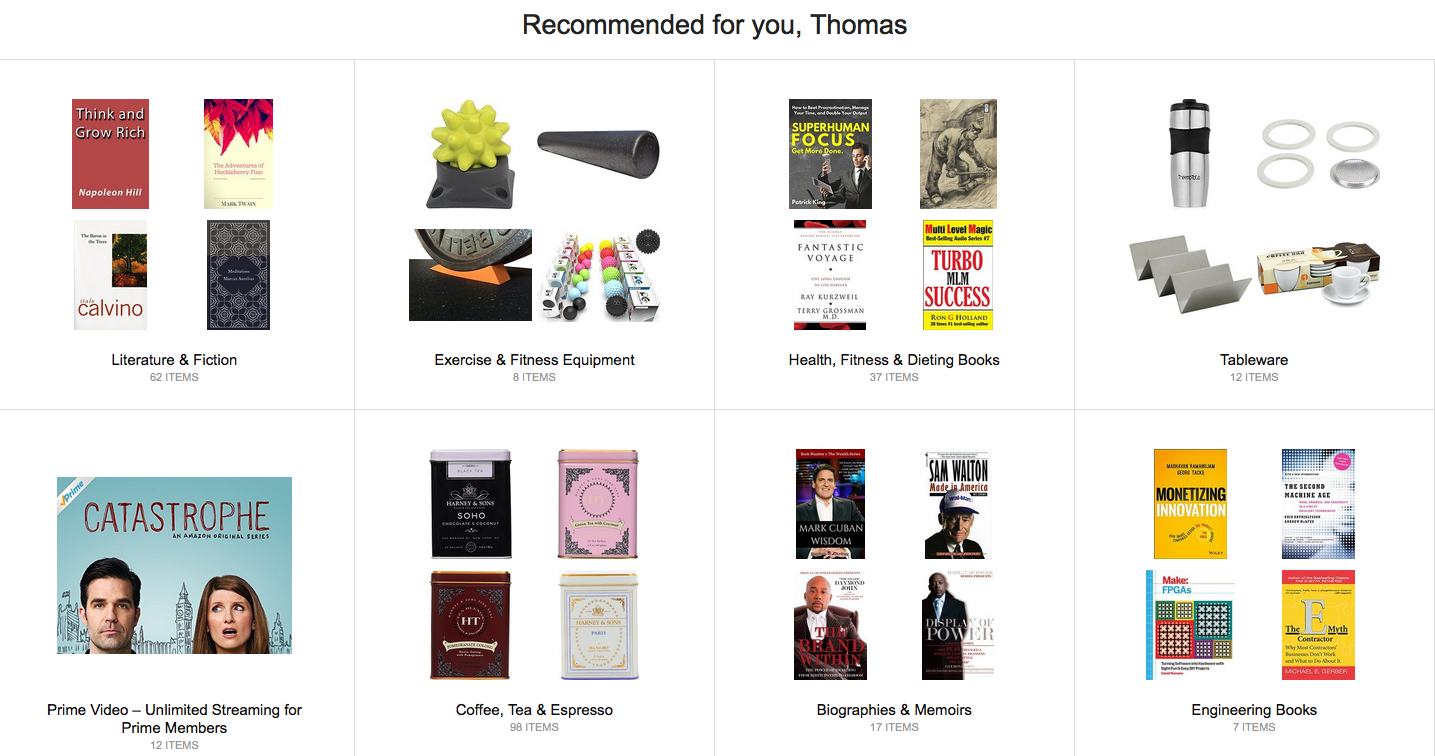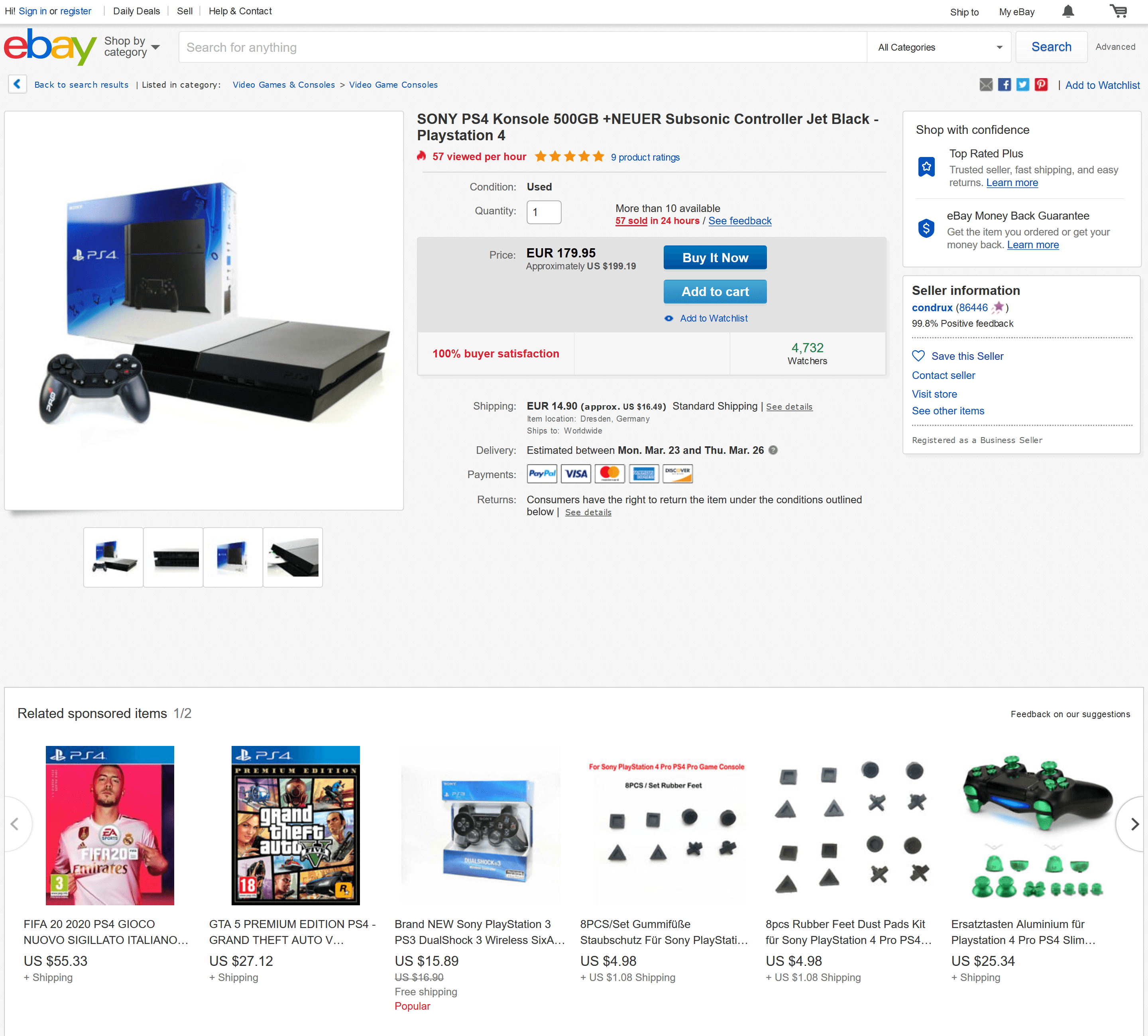In a world where competition is rising by the minute, it is of extreme importance for consumers to feel valued. As eCommerce as a concept has expanded on the horizon, with everyone confined to their homes for a majority of the year, consumers are bent towards platforms that provide an experience of personalization, which makes their shopping process not only more efficient but also helps in replicating the experience of having a salesperson, understanding your likes and dislikes and offering to show products accordingly. Such experiences remind customers of in-shop experiences and draw them to your platform giving you an edge over competitors.
Based on a study, if your website has a recommendation system up and running, it is an avenue to an assured revenue generation stream, with an average of 31% of a store’s revenue being due to good recommendations to customers.
The recommendation process has become popular now with almost all major platforms trying to make most of its benefits. This makes it essential to keep innovating and investing in new approaches to personalizing the shopping experience for potential buyers.
This article discusses 10 AI-driven strategies for product recommendations that will help boost sales at your e-commerce website.
10 AI-driven strategies for eCommerce product recommendations
1. Suggesting Products Based on Purchase History
Many buyers depend heavily on e-commerce Recommendations to make a decision on what they want to buy. Incessant scrollers on the internet are a good target audience for recommendation systems.
Having a “Recommended for you” section is a good idea as a lot of customers go through such sections without the intent to shop but often stumble across something they like and eventually end up in their wishlist, shopping cart. Many customers also end up buying the product as an impulse purchase. Ensure that this section contains items based on their previous purchase to enhance their user experience.
2. Exploring the “Bought Together” Tag
Another great strategy is having a “Frequently bought together” section. This is a smart way to increase the value of the order placed by a customer. More often than not, this section appears just before payment and is similar to the racks of random stuff stacked near the checkout in brick and mortar stores to entice shoppers for small titbits and end-minute additions to their shopping cart.
Ensure that items shown at this stage are cheap to knick-knacks that don’t burn a big hole in the customer’s pocket. Further, the data of items bought frequently together can be used to create bundles that can offer convenient options for customers who are on your eCommerce platform, allowing them to purchase products as a bundle with small offers applicable to the bundle purchase.
3. Create an Emailer
Personalized email lists are an effective way to segregate your target audience according to products that they are interested in. Not only does it add a personal touch to the relationship with customers, but also increases sales. Ensure emails have a direct link to the recommended products for easy access. Identifying frequent impulse buyers is also a good option as that section of the consumers are most likely to end up clicking something in the emailer and ending up purchasing it.
4. Tell them What Others are Buying
Another great addition is the “What others recently purchased” category. In this world of increasing external influences, be it from social media celebrities or peers, having customers know what others are interested in or purchasing gives them the visibility of “What’s Selling” This can help the customers pick out products that are most popular amongst other shoppers.
Ensure that the recommendation system is regularly updated to prioritize newly added products and provide visibility to lower viewed products giving them the opportunity to gain popularity if customers like them.
Etsy is a perfect example of an e-commerce platform that uses popular items to display recommendations. Here’s a shot from their homepage:
5. Suggest Products Based on Rating
Another way by which Users judge products is the rating given to products by fellow users who bought the product. So having a section of the highest rated products in an easy-to-see location for the customer can be a preferred strategy. These can be displayed depending on the category the customer is in.
6. Give Importance to Products in the Wishlist
Alongside having a recently viewed list, it’s a good approach to add a “Items related to what’s on your wishlist” list, an indirect approach but an interesting one where only the products that the user truly liked are considered. Rather than taking into account everything that the user is viewing, it’s a good idea to narrow it down to things they liked or added to their wishlist.
7. Club Similar Shoppers Together
Recommendations based on what User’s with similar shopping patterns chose. Shoppers can be divided based on their shopping behaviors and patterns and this data can be used to recommend products to a customer using a section like “Things people who bought this product also viewed”
8. The focus of Recommendation Timing
It is also an efficient strategy to time your recommendations well. Utilize knowledge about festivals, personal occasions like the customers birthday, etc to recommend products accordingly by predicting their shopping preferences based on previous years.
9. Identify Products that can be Accessorized
Look out for items that require accessories. These can be in the apparel section to recommend matching bottom wear for topwear, hair accessories, etc, or technical gadgets that require external accessories. Such recommendations get the user thinking about the possibility of wanting them and offering a discount on the same can aid in encouraging them to add it to the cart.
10. Recommend Upgrades
Apart from recommending items that are similar or related, another approach can be to recommend products that are an upgrade from the product the customer is currently buying.
Encouraging the customer to upgrade or upscale can also increase sales while providing them with easier ways to view items that are a higher version of the one they have chosen.
All the above-mentioned strategies, if used in combination can be used to obtain maximum utilization of the user’s data, shopping patterns and help understand their behavior while making good use of it to help them enjoy a highly personalized experience when they are on your eCommerce platform. These days it is imperative to create a relationship with the customer to ensure they return to your platform and become long-term users of products displayed on your website.




Leave a Reply